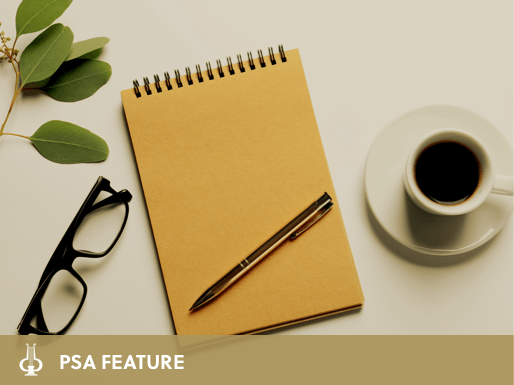Poems & Essays
Q & A: Chapbook Publishers
Publishers, printers, and editors discuss their process.
Rob Schlegel on The Catenary Press
In college, I made chapbooks and gave them away to family and friends. I loved every part of the process, but especially writing the poems and figuring out how to orient them on the page and then making the paper pass happily through the printer. I also loved designing my own covers with fancy paper from a local office-supply store called Oregon Stationers.
Continue ReadingMore Articles

Kit Frick on Black Lawrence Press
I was first introduced to chapbooks in college. One of my first poetry professors, Jeffrey McDaniel at Sarah Lawrence College, brought a few from his personal collection into one of our workshops. What I loved most about chapbooks right from the start was how different and special they all were. Saddle-stitched, perfect bound, glue-gunned and stapled, you name it. They were everything I loved about books: you could tell they were a real collaboration between the author and the press. There was something immediately special about them.
Emmalea Russo and Michael Newton on Ugly Duckling Presse
I interned at the Center for Book Arts and that experience opened me up to all sorts of book making. That moment of—wow—with some pages, an awl, and needle and thread—a book happens. I have been excited about the expanded field of the chapbook ever since. In many ways, the form presents more possibilities for serious play.
Bianca Stone on Monk Books
I've always I loved making little books. It gave me endless pleasure growing up. My family were writers and I wanted to copy them. And the book form was always deeply revered. I never stopped loving making books. I was really into making zines in high school and college. I started making poetry chapbooks and poetry comic chapbooks more regularly as an adult, just to give at readings before I had a book out.
Shanna Compton on Bloof Books
When I was in third grade, our Language Arts class made a chapbook of poems and drawings, called Poems from the Unicorn's Kingdom. Our teacher had them printed and stapled and we distributed them to our families and I think sold copies as some kind of fundraising for our school (but I'm fuzzy on that part). I wrote my first poem for this prestigious publication. I never stopped making books after that.

Emily Brandt and Alex Cuff on No, Dear
When No, Dear was born, almost eight years ago, we discussed eventually publishing chapbooks in addition to the journal. The conversation always came back to this form. We chatted about it with the brilliant Jen Hyde from Small Anchor Press a few years ago, and decided to collaborate on one. Now we're working on our fourth. We see it as an extension of the work we're already doing to publish emerging poets in New York City.

Carl Annarummo on Greying Ghost
I can't quite remember when I first discovered chapbooks. I do remember going to the Grolier Bookshop in Cambridge when I was in college and picking up books by Burning Deck and Ugly Duckling and a handful of others. I think I spent something like $25 for all that poetry which for a broke student was amazing. And they were so beautiful looking!
Joe Pan on Brooklyn Arts Press
Chapbooks are perfect introductions to a poet's work. You can get a sense very quickly of what a poet's about. When I decided to start producing chapbooks, I brought an editor & a cover artist to the Poets House in Manhattan. We sat on the floor among the stacks of chapbooks & passed these little books back & forth to each other—several hundred—trying to decide what we liked about the better designed ones.

J. Hope Stein on Poetry Crush
I tend to read poetry in 10-25 page increments in one sitting. It's how I best digest the work of a poet. Similarly, in my own writing, I tend to think in 10-20 page increments. So, the length of a chapbook is my most natural unit of giving and receiving poetry.


